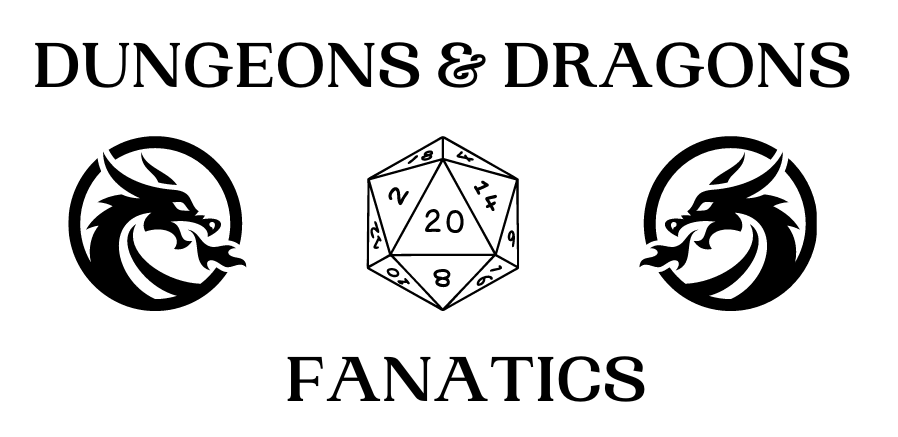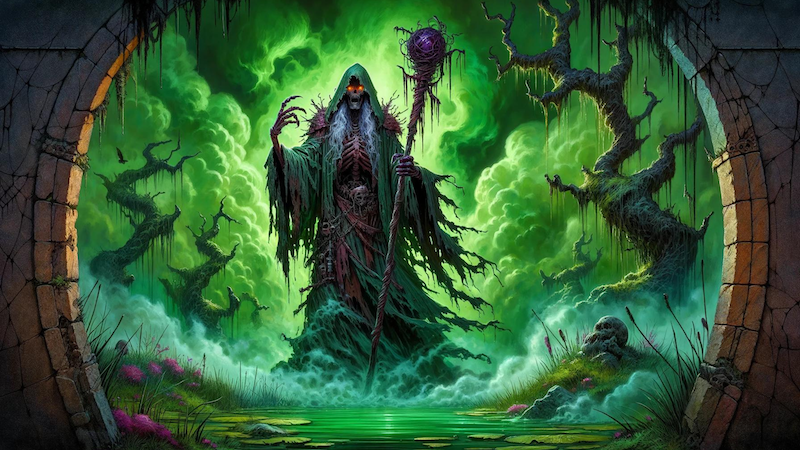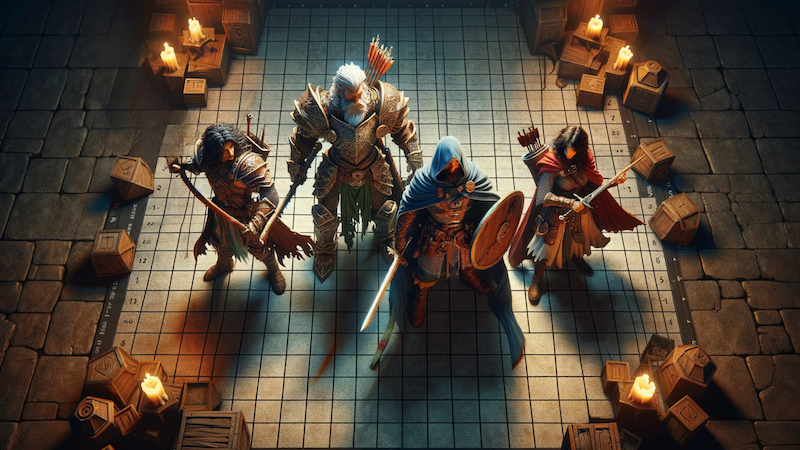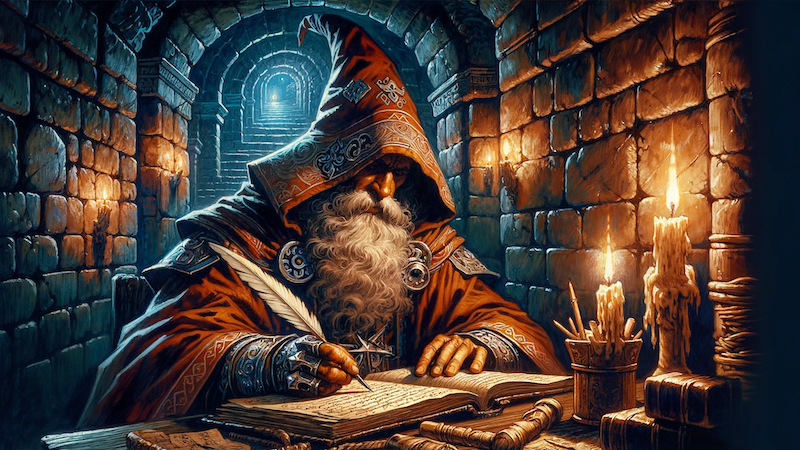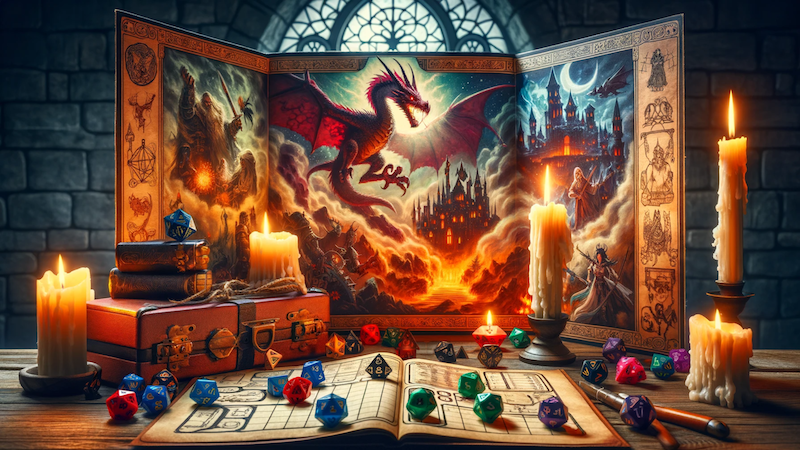

D&D Onslaught Board Game Review
As an Amazon Associate I earn from qualifying purchases.
Over the years there have been a ton of amazing D&D board games that offer their own unique take on the action and adventure of the popular tabletop roleplaying game. In this review, we’ll be taking a closer look at the latest offering in the form of the new D&D Onslaught board game.
So without further ado! Let’s dig in!
Table of Contents
- What is D&D Onslaught?
- What’s included the D&D Onslaught core set?
- How does gameplay work in D&D Onslaught?
- What’s the art and design like in D&D Onslaught?
- How much is D&D Onslaught?
- Should you buy this game?
- Final review score
What is D&D Onslaught?
Dungeons & Dragons Onslaught is a two-player competitive skirmish game developed by WizKids. In the game, each player controls an adventuring party from one of the many powerful factions that exists in the Forgotten Realms. Players are then presented with a number of specific pre-made scenarios that involve exploring dungeons, battling monsters and taking on the other player’s group of rival adventurers. The goal is to collet treasure and earn experience points in order to level up characters as each scenario is completed.
The core gameplay resolves actions and combat using a system of dice rolls, upgrade cards and a figure base dial that’s similar to the popular HeroClix miniatures combat game, which is also developed by WizKids.


What’s included in D&D Onslaught Core Set?
The core set of Onslaught includes the following:
- 21 pre-painted figures (including characters and monsters)
- 1 double-sided game board
- 4 twenty-sided dice
- 16 dial cards
- 26 standard cards
- 44 mini cards
- 71 tokens
- 14 terrain elements,
- 1 rulebook
- 1 scenario guide
- 4 plastic standees
In the initial core set, only two base factions are included: the Harpers and the Zhentarim, although WizKids has announced that they will be releasing two more faction expansion packs in the near future in the form of the Red Wizards of Thay and the Many-Arrows Orcs.


How does gameplay work in D&D Onslaught?
At its core, Onslaught is really dungeon crawl with combat elements similar to other skirmish board games like Imperial Assault and Mage Wars. They gameplay is also heavily inspired by the Dungeons & Dragons fifth edition rules set (although being a D&D 5e rules lawyer isn’t a pre-requisite to enjoy Onslaught). Each game session begins with a pre-made scenario (complete with flavor text), which is set up using the double-sided game board and provides a bit of background story on what the players are hoping to achieve.
The objective of the game
The goal is to score as many points as possible over the course of six rounds. You can earn points in a variety of ways. For example, you might earn 1 point from killing a particular monster, 2 points from killing an enemy character and 3 points from acquiring a treasure item. You can also lose points for failing to achieve a certain objective, such keeping your characters alive characters or failing to reach a certain part of the board by the end of the six rounds. Notably, you can also win if you eliminate all of the opposing player’s characters (although this is easier said than done). At the end of the scenario, the player with the most points (or the only with characters still standing) is declared the winner.
The end result is a kind a risk-reward decision making that adds a surprising amount of strategy to what otherwise could just be a hack and slash experience. Do you try to wrack up smaller points by killing monsters or do you go after the treasure item worth a larger amount of points?
Game characters & monsters
Each character in a player’s adventuring party comes with their own card that lists a variety of abilities and stats related to movement and combat. Each card includes a spin down dial to track hit points and armor class, as well as special abilities.
Monster stats, however, are tracked via smaller paper cards and tokens. This can be a bit annoying to manage as the number of monster cards is limited and tokens aren’t quite as efficient as a dial, but overall it isn’t a huge issue and doesn’t detract too much from the gameplay.
How movement and combat works
Like D&D 5e, combat and movement is determined using a system of initiative, which is represented by a deck of four cards (numbered 1-4). The player who goes first receives the 1 initiative card, with the remaining three cards shuffled and handed out at random. At the end of each round, the opposing player then gets the 1 initiative card. This offers a unique level of momentum and control to the game, while also throwing in a dash of randomness to keep players on their toes.
After determining initiative, each character then has the ability to complete a standard action, a bonus action and a movement (three concepts that will be all-too familiar to D&D 5e players). Combat actions are listed on each character card and involve the player rolling two D20s to attack, taking the higher of the two rolls and adding in any attack modifiers that are indicated on the character card. Like D&D, the game also includes critical hits (a roll of 20) and critical failures (a roll of 1), which are just as fun to experience in Onslaught as they are in a tabletop RPG.
Within combat, players have the ability to cast spells, perform melee attacks and fire ranged weapons. Notably, while movement is determined in straight lines between squares, line of sight and distance for ranged combat is determined by counting squares diagonally (a rule which is a little annoying and unintuitive at times).
One additional quibble is that unlike in D&D where you can take partial movements (such as moving half your distance, making an attack and moving again), in Onslaught once you move that’s it. This limits the flexibility and strategy a little (and is something that similar skirmish games have embraced), but overall it’s not a deal breaker and the combat remains fast, fun and satisfying.
Levelling up your character
One of the best game mechanics in Onslaught is the ability to level up your character. This is determined by using a dial on each character card to track experience points. With each new level your character can then acquire new ability cards, with a number of different options to choose from. The abilities are incredibly cool, covering everything from new spells to special attacks, and adds a surprising amount of customization to the experience. It’s a similar vibe to what Cephalofair Games was going for in the Jaws of the Lion game, allowing you to continue to player characters over multiple scenarios.


What’s the art like in D&D Onslaught?
One of the most surprising things about Onslaught is just how good the figure sculpts are. Over the years, WizKids pre-painted miniatures have earned a reputation as being cheap and relatively poor quality, yet the figures here are actually pretty decent. The paint jobs aren’t going to win any awards, but it’s better than a lot of WizKids releases and the overall design is really solid.
The artwork featured in the game, however, is even better. The illustrations featured on character cards are beautifully stylized and really capture the mood of a good D&D dungeon crawl. The box art is also great and the overall aesthetic found in the tokens, cards and game board is rock solid. Heck, you could easily repurpose the game board as a good old fashioned D&D battlemat.
The overall design isn’t quite as impressive as something like Gloomhaven, but the visuals and vibe that WizKids has managed to achieve is still fantastic.


How much is D&D Onslaught?
The Onslaught core set is currently retailing for $139.99 US, with additional expansion packs available for purchase in the near future. The upcoming faction expansion packs featuring the Red Wizards of Thay and the Many-Arrows Orcs, however, will each set you back $59.99 US, but if you dig the game you’ll definitely want to pick these up since they add a lot more playability to the overall core set.
Should you buy this game?
While there are a few rough edges to consider, there’s a lot to love with Dungeons & Dragons Onslaught, and it’s easily one of the best new D&D board games in recent years.
You’ll Like This Game If…
- You’re a fan of D&D fifth edition and the Forgotten Realms
- You enjoy similar skirmish games, such as Imperial Assault and Mage Wars
- You’re looking for a fast-paced, combat-heavy board game
- You enjoy competitive two-player games
You Won’t Like This Game If…
- You’re not a fan of D&D and Wizards of the Coast (and hey, there’s more than a few of you out there these days given the OGL 1.1 controversy).
- You’re not a fan of skirmish games
- You’re looking for a 3-4 player game (although this might be covered with future expansions and a few rules tweaks)
- You’re looking for a cooperative board game
You can order Dungeons & Dragons Onslaught from your local game store or directly from Amazon.
Final review score
18 out of 20.


Below, you can also check out the teaser trailer for Onslaught which premiered at the last D&D Direct event.
See Our Other D&D Accessories Coverage
Visit our D&D Accessories page for more reviews and news.


Paige Stuart is a Staff Writer who lives in Chicago, Illinois where she majored in English Literature at Northwestern University. She’s relatively new to Dungeons & Dragons having started playing 5th edition several years ago. Her favorite D&D campaign setting so far is the Forgotten Realms and her favorite character to play is a Wizard named Felician who hurls both bad puns and fireballs with equal ease.
* We are members of the Amazon Affiliates program, which allows us to earn a small commission for purchases made on those websites at no additional cost to you the consumer.
